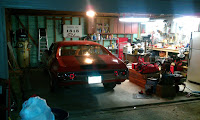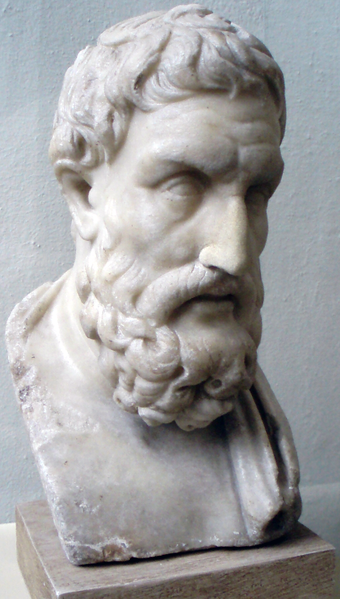Chapter Two of the Poetic of Space concludes with some
discussion about objects and how the objects of the home gain “significance”
beyond their physical properties – this of course prompted contemplation on my
part about objects, artifacts, and works of art.
I’ve always loved the notion of art as sympathetic magic,
that somehow artworks became vessels of magical powers – and of course, in some
ways they do. They can be time machines, taking us to a place in the past,
capturing a moment, a feeling. They can inspire us or give us pause to reflect
on ourselves and who we are. But, the discussion wasn’t about objects of art,
but ordinary household objects that at first glance would seem to be nothing
but the insignificance of their physical properties.
Still, these objects bear the consequences of our
interactions with them, they become artifacts of our lives and evidence the
ways we live. Perhaps this is part of what Duchamp and other artists were up to
in making found objects art – an acknowledgement that these things possessed a
magic of their own, independent of any artists reimagining or rendering.
Then there are the objects that possess special meaning for
us, keys that unlock memories. I can look at my socks and remember I purchased
them In Harrods and suddenly a day dream is launched of my trip to London, the
shows we saw, the markets we wandered. I’m
reminded of Orhan Pamuck’s The Museum of Innocence, in which the protagonist
(sometime kleptomaniacaly) collects objects from his lover and family to
ultimately place them in a museum to tell his love story. The books unfolds as
a docent tour of the museum, picking each object and telling the chapter it
represents
 Going through my mom’s house after she died, was like
walking through such a museum without the benefit of such a docent. There were objects that
unlocked stories – the leather wallet my father made for her made of the scraps
from the factory where her father worked. There were objects, like the Lakota children
“dream catchers” sent to my mother to solicit yet another donation that
evidenced my mother’s gullibility and sentimentality, for not only the Lakota children, but the Human Society, Veterans, and other mass-mailing charities. There were childhood artworks of mine that she
saved which I ultimately tossed. They no longer held any magic for me despite
the magic they may have held for my mother, or the memory of me as a child that
must have been contained in them.
Going through my mom’s house after she died, was like
walking through such a museum without the benefit of such a docent. There were objects that
unlocked stories – the leather wallet my father made for her made of the scraps
from the factory where her father worked. There were objects, like the Lakota children
“dream catchers” sent to my mother to solicit yet another donation that
evidenced my mother’s gullibility and sentimentality, for not only the Lakota children, but the Human Society, Veterans, and other mass-mailing charities. There were childhood artworks of mine that she
saved which I ultimately tossed. They no longer held any magic for me despite
the magic they may have held for my mother, or the memory of me as a child that
must have been contained in them.
Lastly, there were the objects that had now become mysteries
– things my mother kept, an old ash tray, a plastic clock, a collection of
phones, metal cookie boxes, and other assorted knick knacks. Things that may have unlocked a
day dream for her but to me remained mute and silent. Perhaps some of the
objects I tossed from my mother’s house will reveal their mysteries to
someone else? Or perhaps create new mysteries for its next owner?
 Objects have power – as symbols, as stories, as connections
to the past, or to our aspirations. I think that’s why as we acquire things, we
sometimes have a hard time letting them go. Personally, I want to stop accumulating
objects – I’m glad now in the digital age I feel less a need to own a book,
or a movie, or an album. I tell myself I want to collect experiences not
objects, and yet I look at my socks, or the naughty dice I got in Paris, and
they bring those experiences back to me. Perhaps as we walk through our homes
we should act as a docent and try to tell the stories of our objects, share
them with each other if compelling enough – and toss the ones that aren’t. Seems
like time for a little Show and Tell?
Objects have power – as symbols, as stories, as connections
to the past, or to our aspirations. I think that’s why as we acquire things, we
sometimes have a hard time letting them go. Personally, I want to stop accumulating
objects – I’m glad now in the digital age I feel less a need to own a book,
or a movie, or an album. I tell myself I want to collect experiences not
objects, and yet I look at my socks, or the naughty dice I got in Paris, and
they bring those experiences back to me. Perhaps as we walk through our homes
we should act as a docent and try to tell the stories of our objects, share
them with each other if compelling enough – and toss the ones that aren’t. Seems
like time for a little Show and Tell?Cheers


















































